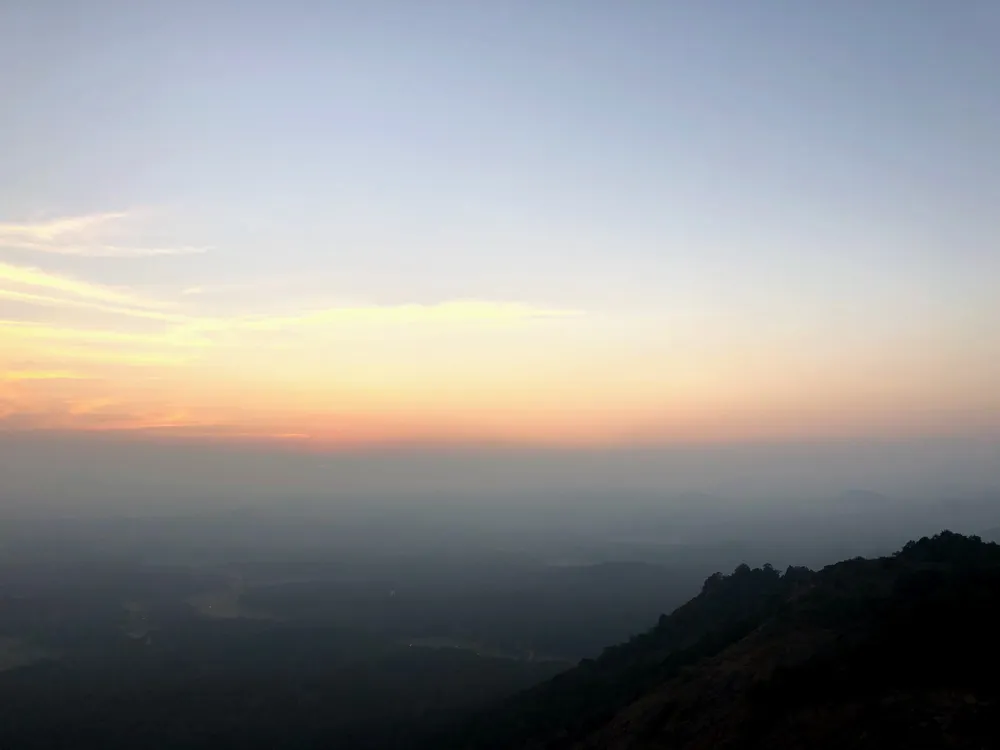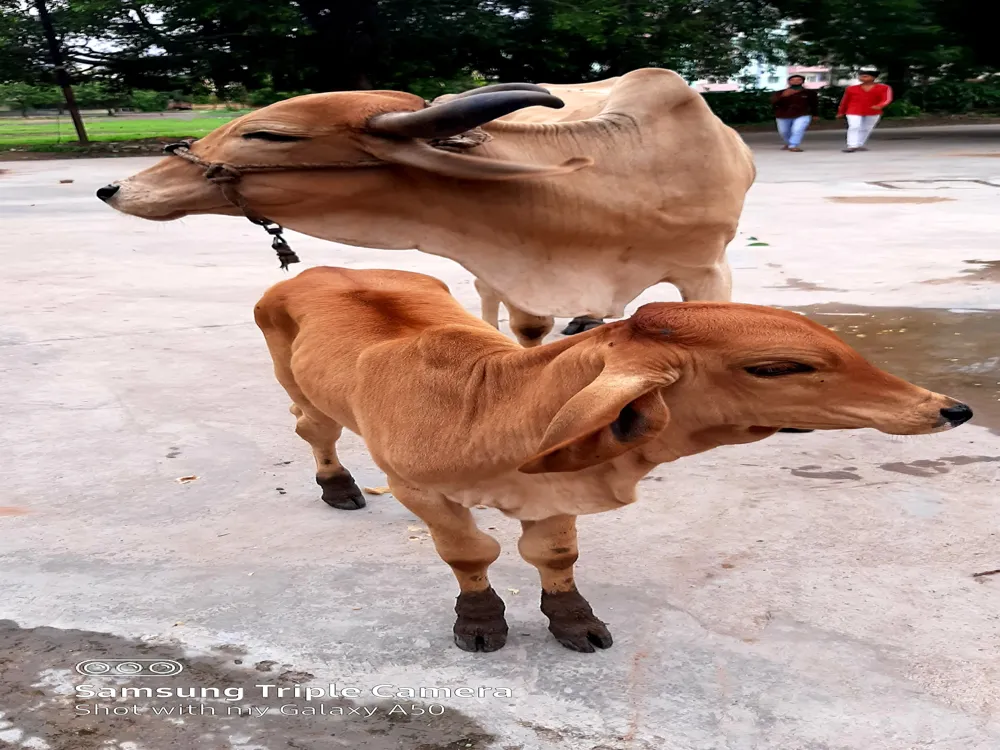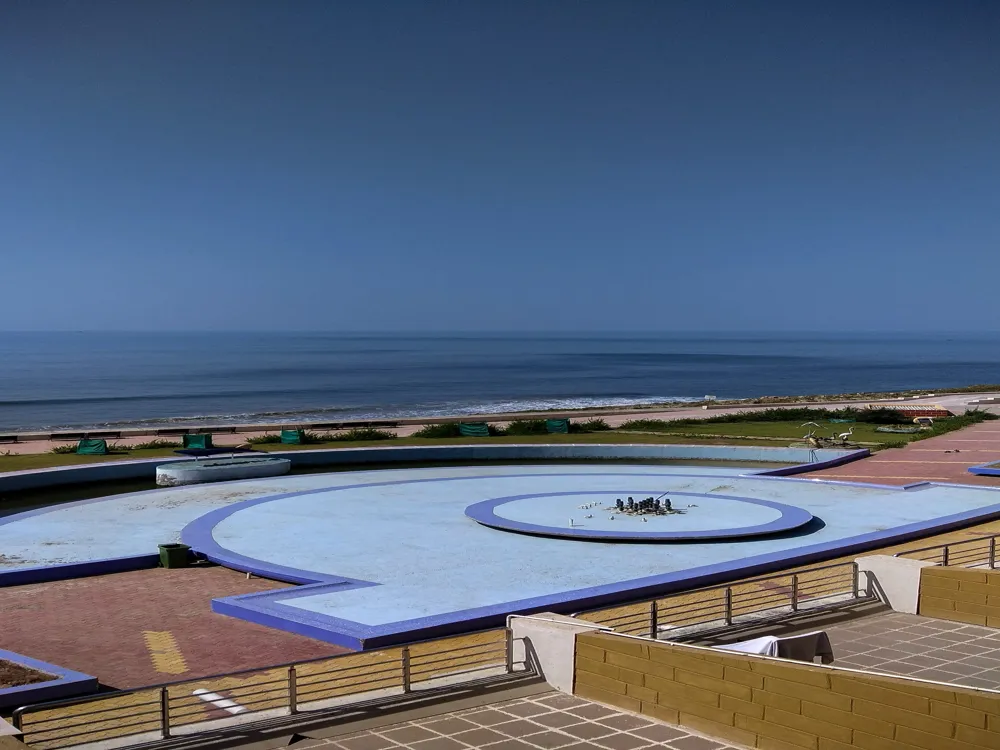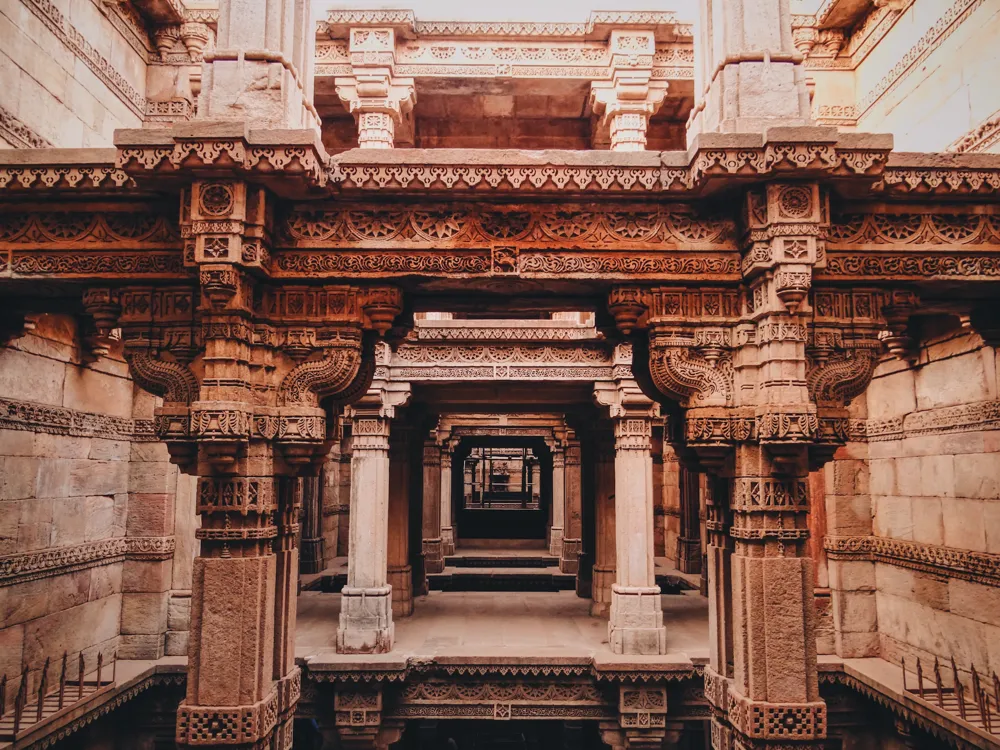Nestled in the heart of Gujarat, the Dataar Hills in Junagadh are a beacon of natural beauty and historical significance. This picturesque locale is not just a treat for the eyes but also a journey through the pages of time. The hills, with their lush greenery and serene environment, offer a tranquil escape from the bustling city life. As you venture into this enchanting region, you are greeted by a diverse range of flora and fauna, making it a paradise for nature enthusiasts and wildlife photographers. The history of Dataar Hills is as fascinating as its landscape. These hills have witnessed the rise and fall of many empires, holding secrets of the past within their rugged terrains. The area is dotted with ancient temples, some of which date back to the 15th century, offering a glimpse into the architectural marvels of the bygone eras. The fusion of nature with history provides a unique experience, making Dataar Hills a must-visit destination for travelers, historians, and adventure seekers alike. The architectural heritage of Dataar Hills is a testament to the rich cultural and historical legacy of Junagadh. The region is home to an array of ancient temples and structures that exhibit a blend of various architectural styles, reflecting the diverse influences that have shaped this area over centuries. One of the most prominent features of the architecture here is the intricate carvings and sculptures that adorn the walls of the temples. These carvings not only depict stories from Hindu mythology but also showcase the exceptional craftsmanship of the artisans of the past. The construction techniques used in the buildings of Dataar Hills also speak volumes about the ingenuity of ancient architects. The use of locally sourced materials, combined with the knowledge of geographical conditions, resulted in structures that have withstood the test of time. The layout of the temples, aligned with the natural topography, complements the scenic beauty of the hills, creating a harmonious balance between man-made and natural elements. This thoughtful integration of architecture with nature makes Dataar Hills a living museum of historical and architectural marvels. The ideal time to visit Dataar Hills is between October and March when the weather is pleasant, making it perfect for exploration and trekking. Carry water, snacks, and a first-aid kit, and wear comfortable shoes. Don’t forget your camera to capture the stunning vistas. It’s important to respect the local customs and traditions. Dress modestly and be mindful while visiting religious sites. Dataar Hills in Junagadh, Gujarat, are well-connected by road, rail, and air. The nearest airport is Rajkot Airport, from where you can hire a taxi or take a bus to Junagadh. The region also has a railway station, Junagadh Junction, which is well-connected to major cities. Once in Junagadh, you can opt for local transportation like buses or auto-rickshaws to reach Dataar Hills. For those driving, the hills are accessible via well-maintained roads, offering a scenic journey through the countryside of Gujarat. Read More: Overview of Dataar Hills in Junagadh, Gujarat
The architecture of Dataar Hills
Tips When Visiting Dataar Hills
Best Time to Visit
What to Bring
Respecting Local Culture
How To Reach Dataar Hills
Dataar Hills
Junagadh
Gujarat
NaN onwards
View junagadh Packages
Junagadh Travel Packages
View All Packages For Junagadh
Top Hotel Collections for Junagadh

Private Pool

Luxury Hotels

5-Star Hotels

Pet Friendly
Top Hotels Near Junagadh
Other Top Ranking Places In Junagadh
View All Places To Visit In junagadh
View junagadh Packages
Junagadh Travel Packages
View All Packages For Junagadh
Top Hotel Collections for Junagadh

Private Pool

Luxury Hotels

5-Star Hotels

Pet Friendly





















